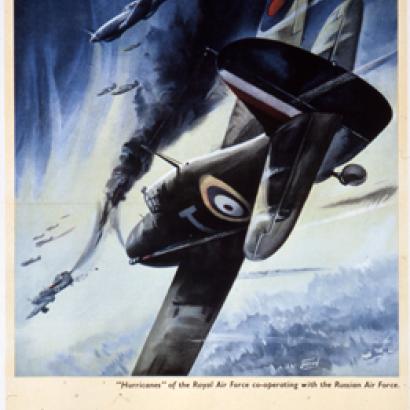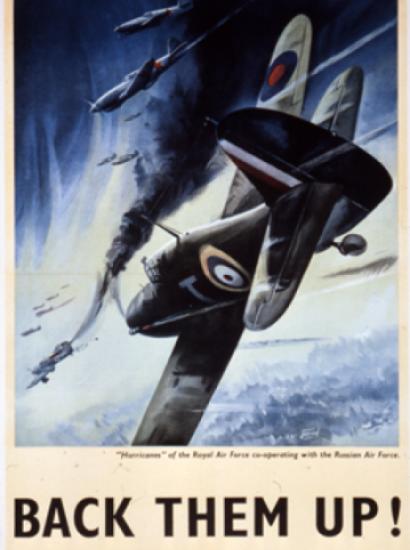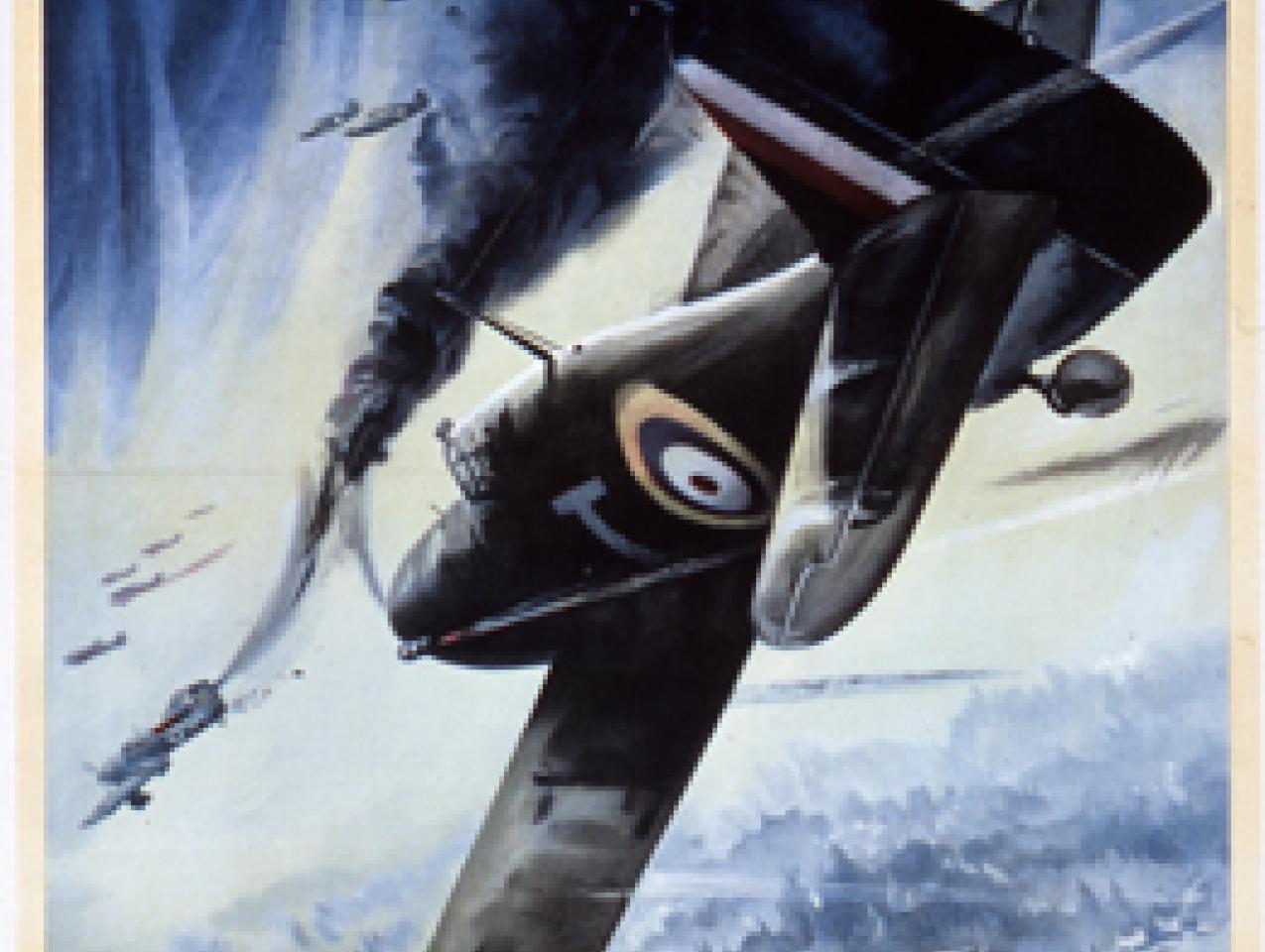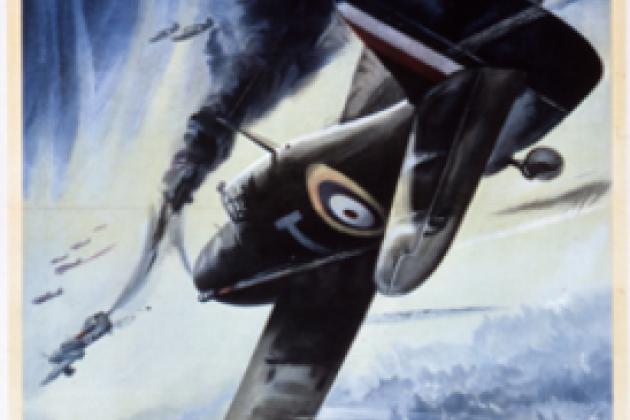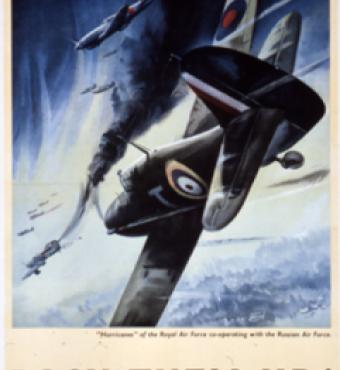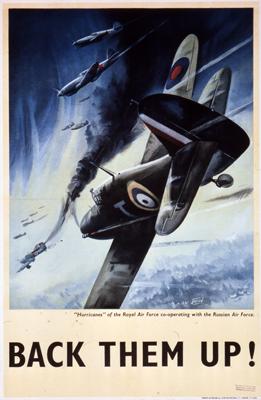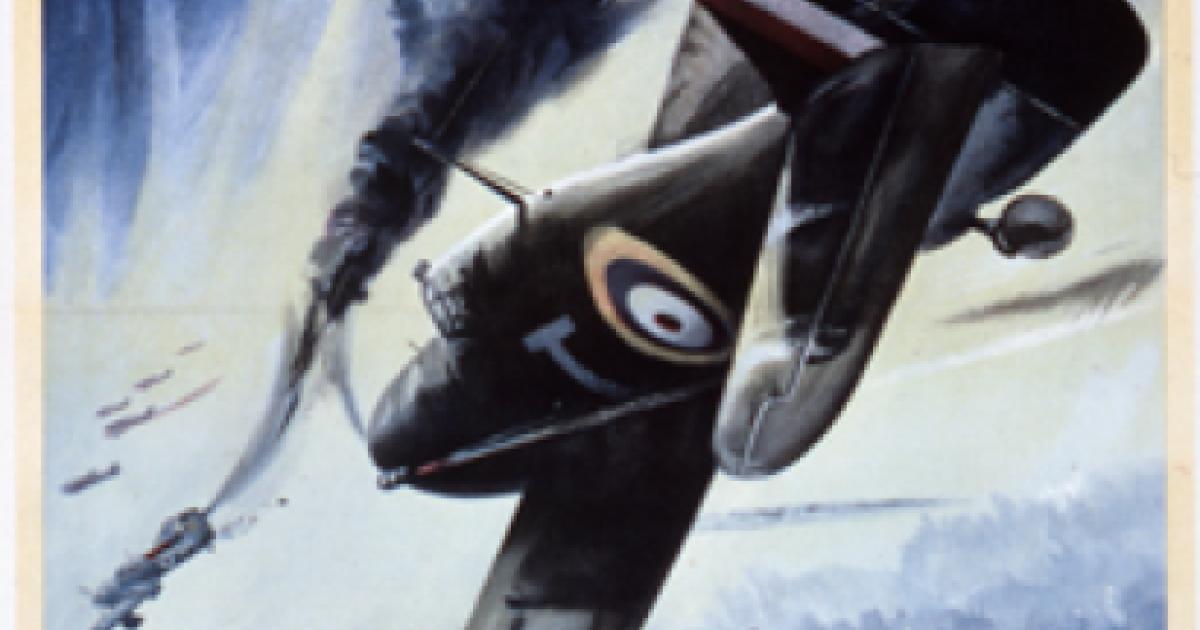- Security & Defense
- US Defense
- History
- Military
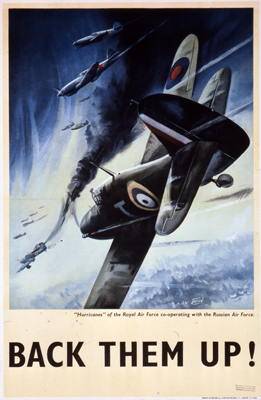
This question, posed by Hoover’s editors, is simply answered: America’s military structure does not need a radical revision. Its traditional assets like carriers and divisions are sound in concept. Indeed, the Pentagon adjusts remarkably. Consider that in 1979, alarmed by Russia’s invasion of Afghanistan, the Pentagon organized the “Rapid Deployment Force” that morphed into the U.S. Central Command in 1981. Since then, CENTCOM threw Iraqi forces out of Kuwait in 1991, invaded Afghanistan in 2001, overthrew Saddam in 2003, and remains at the center of the war-fighting across the Middle East. Similarly, the Special Operations Command, organized in 1980, for the past six years has been the commander-in-chief’s favorite war-waging instrument. And for the past decade, unmanned aerial vehicles have been the weapons of choice for long-range assassinations. In sum, the American military remains its own best critic, constantly debating internally and reinventing itself externally.
Through 2015, America’s wealth has enabled a Pentagon budget of ~$600 billion, so large that diverse visions of the future—e.g., deter China and fight Islamists—have not required tradeoffs among force structure. In fact, disparate force elements are expanding. Within American military ranks, there is a widespread consensus to dominate in cyber warfare, where to date Russian and China have stolen with impunity information from American and European corporations. Similarly, American technology has opened up the frontier of unmanned aerial surveillance and bombing. Our military is not hidebound; it does try to stay on the cutting edge.
Having thrown a few bouquets, let me now raise two looming challenges: our force structure such as carriers and fighter wings is decreasing at a perilous rate, while our operational command procedures are becoming too centralized.
Here at home, our debt is unsustainable, our economic growth is miniscule, and no politician dares to reduce the transfer payments of Social Security and health care. This means that spending for defense will go down as a percentage of our wealth, year after year. Defense is simply an insurance policy. We have this magnificent house called America. Occasionally, hurricanes called wars will occur. But our children face a dramatic increase in taxation. So we will reduce our insurance policy on our national house for the day when war comes. At the same time, Congress is increasing personnel payments for active and retired military and all veterans. In self-interest, military lobbying organizations argue for more pay. Thus fewer resources are left for maintaining a force of prudent size.
Concerning command during combat operations, the military claims it operates under mission-type orders; that is, the senior commander says my intent is to do so-and-so, and leaves execution to the junior commanders on the battlefield. In theory, the staffs at higher headquarters provide instantaneous information and firepower support to dispersed small units at sea, in the air or on the ground. The junior commanders of these small units then make the critical decisions at the point of the engagements.
Indeed, the U.S. military is keenly aware that many future battles must be conducted without electronic emissions; that is, forward-based units will receive data, but not expose their locations by communicating back to home base. This means allowing junior commanders to make strategic decisions, as Rear Admiral Raymond Spruance did at the decisive Battle of Midway seven decades ago. After mulling his decision for less than one minute, Spruance ordered every plane available in his task force—many with half-empty fuel tanks—to take off, search for and attack the Japanese fleet. One 40 year-old lieutenant commander ordered his squadron to continue across the red line beyond which there was not enough fuel to return.
That was 75 years ago. Would any rear admiral or squadron commander have that authority today? The answer is no. In practice, our military has been doing the opposite. Those at the very top—meaning the commander-in-chief and his trusted political staff in the White House—make the critical war-fighting decisions. Even rules of engagement are decided inside the White House, causing two successive Secretaries of Defense—Gates and Panetta—to voice their frustration.
It’s not just civilians who hoard decision-making authority. On September 11, 2012, as the battle at Benghazi raged intermittently for eight hours, the Chairman of the Joint Chiefs and the Unified Commander for Africa, both in Washington, retained authority yet issued no orders to assist those under attack. The concept of improvisation, of allowing subordinate commanders to take initiative, was not followed at the four-star level.
For decades, the military has trumpeted the emergence of the “strategic corporal,” meaning in theory a squad leader should be able to orchestrate astonishing firepower, while few American troops are placed at physical risk. In practice, the phrase has come to have a pejorative meaning, suggesting that the actions of junior troops—a sniper urinating on an enemy corpse or a single soldier deserting to the enemy—have debilitating and disproportionate political effects upon the overall war effort. Hence in practice, instant communications have resulted in senior commanders becoming too involved.
History illustrates that when budgets decrease and centralized control increases, less innovation occurs. On the other hand, our military is not defensive; it listens to its critics and is open to internal debate, as the lively discussions on the Web illustrate. Our military can self-correct its tendency to overly control. But whether we imprudently decrease our national insurance by hollowing out our military force depends upon our political system. To persist with deficit spending will weaken both our military and the standard of living of the next generation.







